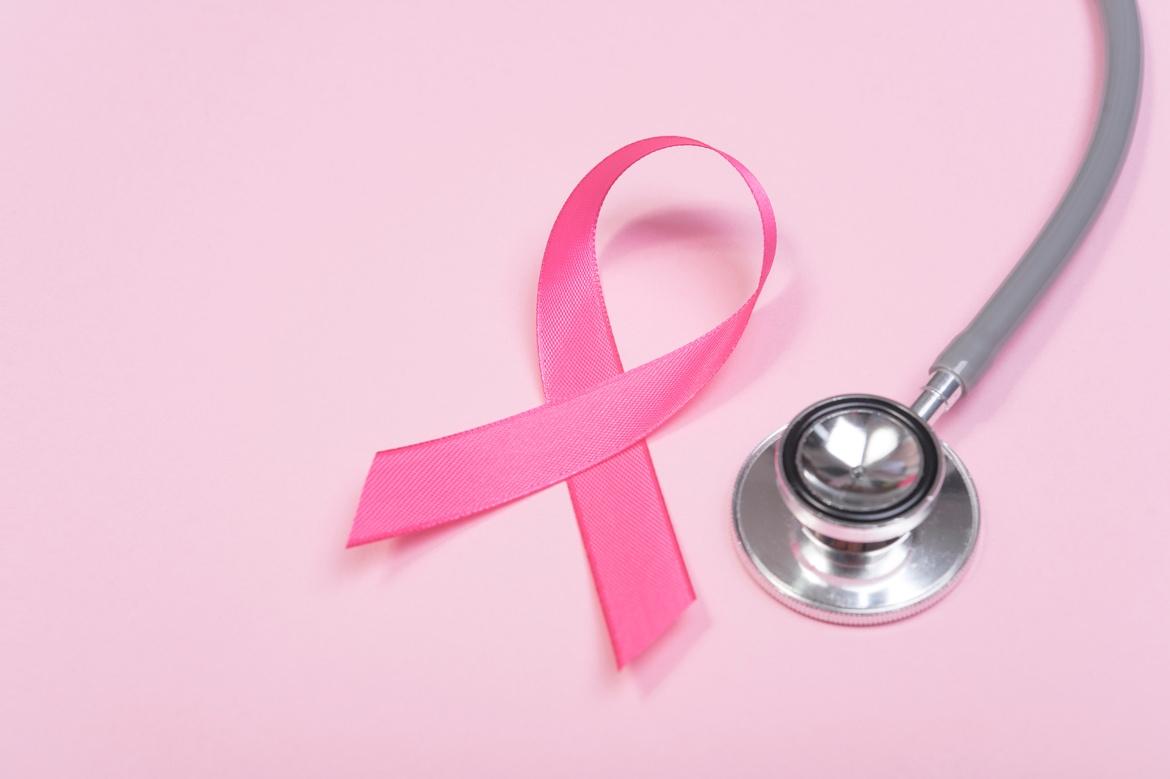-
-
Featured Care Areas

Breast Cancer
How is breast cancer diagnosed?
Breast cancer is diagnosed either when symptoms and signs appear, or during breast screening when abnormalities in the breast are detected.
Here are some ways to detect breast cancer:
Breast self-examination
Breast cancer is one of the few cancers that can be detected at home through self-examination.
During self-examination, women should look out for:
- Lump(s), swelling, or thickening in the breast or underarm area
- Changes in the size or shape of the breast
- Puckering or dimpling of the skin on the breast or nipple
- Persistent rash or change in the skin around the nipple
- Changes in the nipple, such as inversion or retraction
- Bleeding or unusual discharge from the nipple
- Skin redness or soreness of the breast
- Accentuated veins on the surface of the breast
- Unusual swelling in the upper arm
- Any enlarged lymph nodes in the armpit and collarbone areas
Look for visible changes in the breasts and nipples by turning them slowly from side to side and feel for changes in the breasts, underarm, and collarbone areas.
Should you notice any lumps or unusual signs in your breast, consult a doctor for more in-depth tests, such as a mammogram.
Mammogram
This special X-ray imaging tool detects abnormalities in the breast like calcium deposits, architectural distortion or asymmetries, and tumours.
The mammogram is currently one of the most reliable screening tools for breast cancer. It is recommended that women between 40 – 49 years old schedule annual mammograms to detect breast cancer early.
Breast tomosynthesis (3D mammogram)
Some breast cancers may be difficult to identify on standard mammography because they are hidden or obscured by overlapping or dense breast tissue. Tomosynthesis, also known as 3D mammogram, uses low-dose X-rays to take mammogram images of the breast and shows only a few layers of the breast at a time. It has been shown to achieve a high accuracy of cancer detection and lower false positive cases compared to digital mammography.
Breast ultrasound
The ultrasound scan is an imaging modality that uses high-frequency sound waves to produce an image of the internal structures of the breast. Ultrasound scans can detect the difference between a solid mass, which may be a cancer, or a fluid-filled cyst, which usually is not a cancer.
Breast MRI
Breast magnetic resonance imaging (MRI) makes use of powerful magnetic fields, radio-frequency pulses and a computer to create detailed images of the breast tissue. It is usually used for screening younger women with a high risk of breast cancer. Combining MRI with mammograms picks up cancers at an earlier stage in this group of women. MRI is also useful when lesions found on the mammogram or ultrasound scans require further evaluation.
How is breast cancer treated?
Treatment for breast cancer depends on the size and stage of the cancer, type of cancer, characteristics of cancer cells, and other factors of the patient’s health.
Breast cancer treatment includes:
Locoregional treatment
This breast cancer treatment method makes use of both surgery and radiotherapy to treat cancer cells in the breast and lymph nodes. Locoregional treatment comprises of:
- Lumpectomy: Often referred to as breast-conserving surgery, this procedure involves the removal of the tumour and a small margin of the surrounding tissue. This leaves the rest of the breast untouched. A lumpectomy is usually recommended for removing small tumours. For patients with larger tumours, there are options of partial breast reconstruction if breast conservation is still preferred.
- Mastectomy: A mastectomy refers to a surgical procedure to remove the whole of the breast, including the nipple, lobules, areola, ducts, and fatty tissue. However, other surgical techniques may be an option in selected cases to improve the overall appearance of the breast. Mastectomy will be recommended if the tumour to breast size ratio is large, or if there are multiple foci (more than one area) of cancer in the breast.
- Sentinel lymph node biopsy (SLNB): This procedure involves the removal of the first few lymph nodes where the lymph flows to and testing them for cancer intra-operatively. If cancer is not found in the sentinel lymph nodes, the chance of finding it in the remaining lymph nodes will be quite slim. Hence, no other nodes will be removed. However, if the axillary lymph nodes contain cancer cells, surgical clearance of the axillary lymph nodes will be performed.
- Radiotherapy: This involves treatment with high-energy rays that destroy the cancer cells. Some patients with breast cancer may need radiation in addition to other treatment methods. The need for radiotherapy will largely depend on the stage of cancer, and the type of surgery the patient has gone through. Large tumours may also need radiotherapy. This breast cancer treatment method can be used after mastectomy or breast-conserving surgery. It may also be used if the cancer cells have spread to other parts of the body, such as the brain or bones.
Systematic treatment
These breast cancer treatment options utilise chemotherapy or hormonal drugs to manage clumps of breast cancer cells that may be circulating in the body. Systemic breast cancer treatment methods include:
- Chemotherapy: This refers to the use of drugs to destroy fast-growing cells in the body. Chemotherapy is sometimes given before breast cancer surgery in women with larger tumours. The primary goal of chemotherapy in such a situation is to shrink the tumour in size to facilitate easier surgical removal. Chemotherapy may also be recommended after surgery to decrease the risk of breast cancer recurring.
- Hormone therapy: 60 – 70% of breast cancers are oestrogen receptor positive (ER positive) or progesterone receptor positive (PR positive). These cancers grow in response to the female hormones in the body. Hormone therapy works by blocking the action of progesterone and oestrogen or lowering their levels in the body as a way of treating the cancer. Hormone therapy is usually used as the last part of the treatment to decrease the risk of cancer recurring.
- Targeted therapy: About 15 – 20% of breast cancers have HER2 growth factor protein on the cell surfaces. Targeted therapy uses antibodies to attach to HER2 protein, in order to inhibit the cancer growth.
Rehabilitation
- Nutrition and lifestyle support to help with recovery
- Shoulder exercises and arm care to avoid stiffness and swelling
This page has been reviewed by our medical content reviewers.
Need help?
For enquiries, please call
+65 6575 7575
For appointment bookings, please WhatsApp
+65 8111 9777
 Breast lumps: Why should you worry? (Download PDF)
Breast lumps: Why should you worry? (Download PDF)







